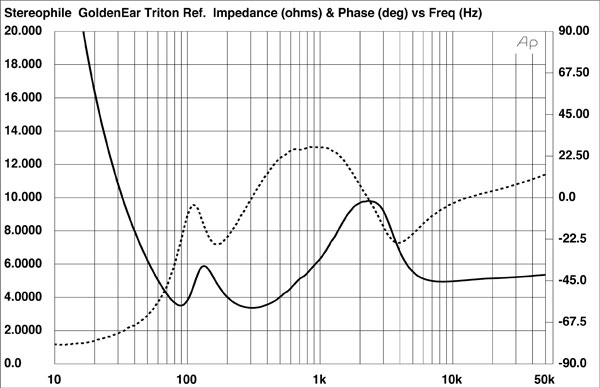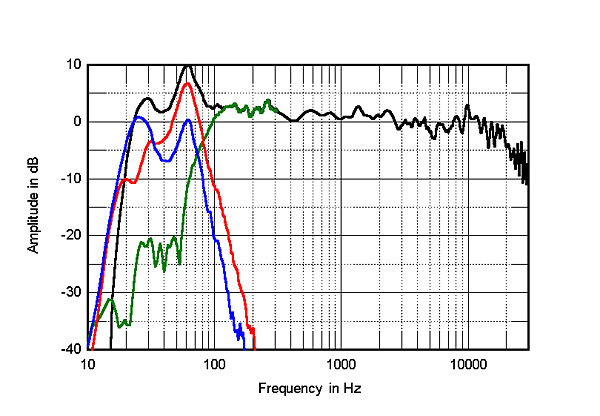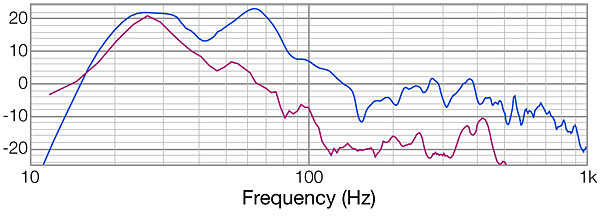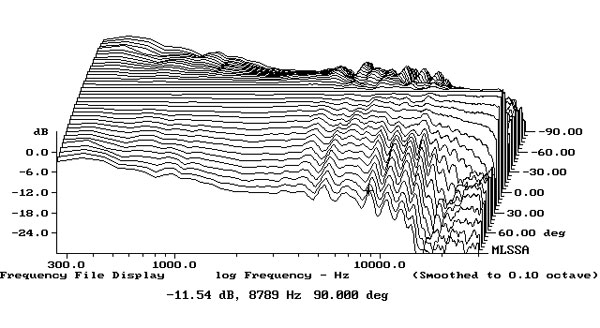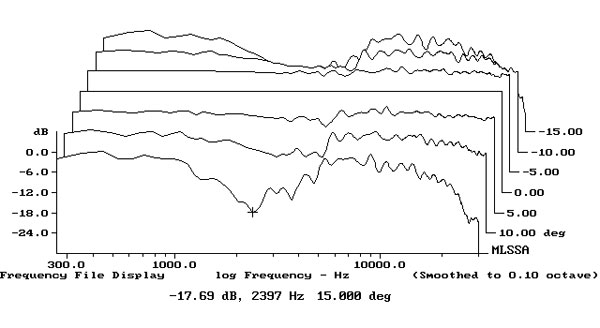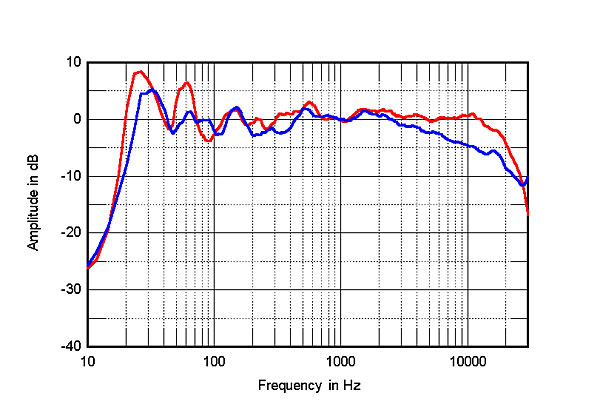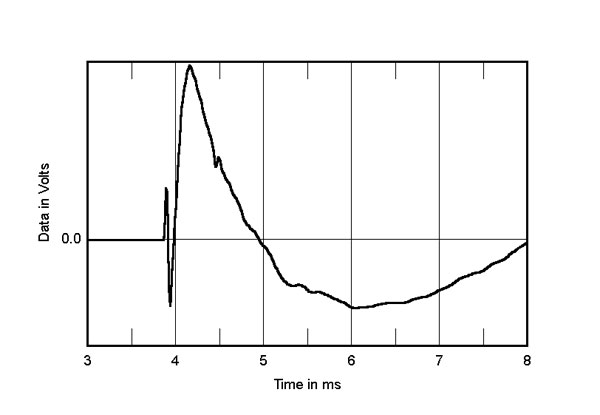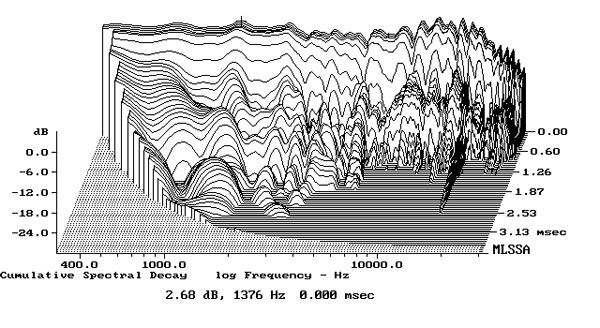| Columns Retired Columns & Blogs |
The Triton One was rated Class B borderline Class A. Does the Reference earn a spot in Class A (Restricted Extreme LF)? I'd love to find out now without having to wait until March for the updated recommended components spring 2018. Thank you.
